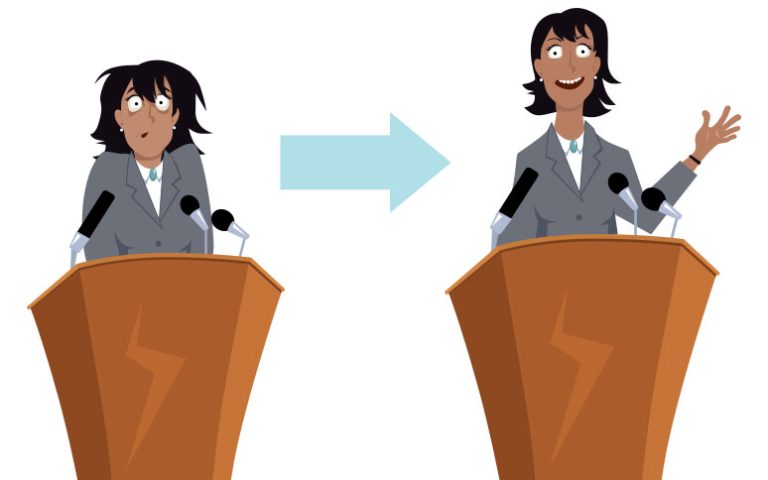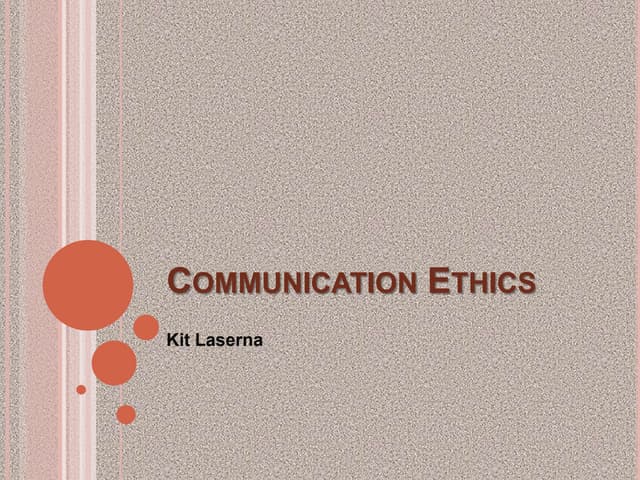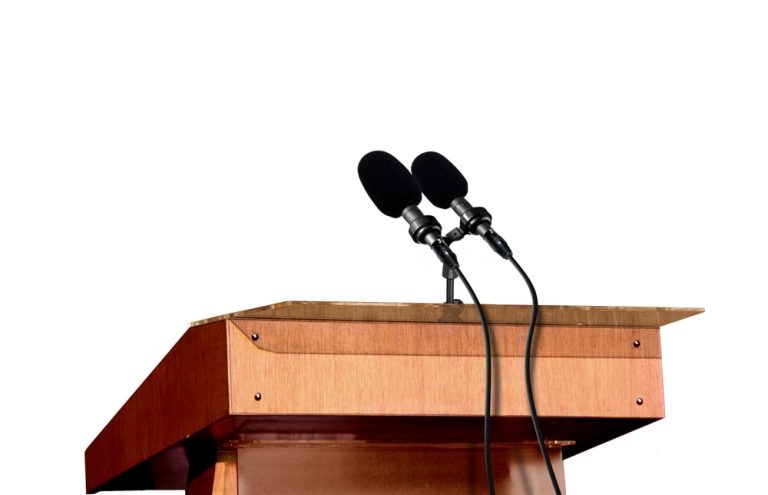How to CAPTIVATE an Audience?: Mastering the Art of Public Speaking
Captivating an audience is an art form that requires a unique blend of authenticity, awareness, and audacity. Whether you’re giving a business presentation, speaking at a conference, or delivering a TED Talk, the ability to engage your audience is a crucial skill that can elevate your message and impact. In this blog post, we’ll delve into the insights shared by a seasoned speaker, highlighting the essential principles and techniques that can help you captivate any audience.
How to CAPTIVATE an Audience?
1. Authenticity Engages
Be True to Yourself
Authenticity is the cornerstone of effective public speaking. It’s not about imitating the style of other speakers; it’s about being true to yourself. Before seeking advice or guidance, take the time to understand who you are as a speaker and what you want to convey. Authenticity resonates with audiences because it’s genuine, relatable, and compelling.
2. Awareness Connects the Speaker to the Audience
Situational Awareness
Being aware of your audience and the context in which you’re speaking is vital. Situational awareness allows you to adapt and connect with your audience, even when unexpected situations arise. Take cues from the environment, the energy in the room, and the expectations of the audience. Adjust your approach and content accordingly, ensuring a meaningful connection.
3. Audacity Informs and Inspires
Boldness in Presentation
Audacity is the boldness that propels your message from ordinary to extraordinary. Embrace fear and turn it into a driving force that pushes you to take risks and deliver your message with confidence. Audacity encourages you to step outside your comfort zone, challenge the status quo, and create a lasting impact on your audience.
The Power of Storytelling
Stories are the backbone of captivating speeches. They have the ability to create vivid mental images, making your message more memorable and relatable. Incorporate relevant stories that illustrate your points and engage your audience emotionally. Remember, a story should always have a purpose, driving home the key message you want to convey.
4. The Power of Anticipation
Create Curiosity
Anticipation is a powerful tool for captivating your audience. Start your presentation with a thought-provoking question, a surprising fact, or a teaser that piques curiosity. By engaging their minds from the outset, you set the stage for an attentive and intrigued audience.
Build Tension
Throughout your presentation, strategically build anticipation by hinting at what’s to come. Tease upcoming points or revelations to keep your audience engaged and eager to learn more. This technique maintains a sense of suspense and ensures that your audience remains captivated throughout your talk.
5. Giving vs. Taking Mentality
Show Up to Give
An effective presenter has a giving mentality. Focus on sharing valuable insights, experiences, and knowledge with your audience. Avoid a self-centered approach where the intention is to take—whether it’s attention, book sales, or social media followers. When you approach your presentation with the genuine intention of giving, your authenticity shines through and establishes a stronger connection with your audience.
6. Embrace Vulnerability
Share Personal Stories
Vulnerability is a powerful way to captivate your audience. Sharing personal stories of challenges, failures, and growth can create a deep emotional connection. When you expose your own vulnerabilities, it humanizes you and makes you relatable. This connection encourages your audience to empathize, engage, and invest in your message.
7. Engage with Audience Interaction
Ask Questions
Engage your audience by asking thought-provoking questions. This not only stimulates their minds but also invites them to participate actively. Encourage them to share their thoughts or experiences related to the topic. Interaction breaks down the barrier between the speaker and the audience, fostering a sense of collaboration.
8. Use Visual Aids Wisely
Enhance, Don’t Distract
Visual aids, such as PowerPoint slides, can enhance your presentation, but they should complement your message rather than detract from it. Use visuals sparingly, focusing on images, graphs, or key points that reinforce your spoken words. Avoid cluttered slides with excessive text, as they can overwhelm your audience and hinder their engagement.
9. Dynamic Delivery
Vary Your Tone and Pace
Monotony can lead to disengagement. Keep your audience captivated by varying your tone, pace, and emphasis as you speak. Use pauses strategically to allow important points to sink in. A dynamic delivery captures attention and adds depth to your message.
10. Relatable Examples
Connect Through Shared Experiences
Relatable examples make your content more accessible and relatable. Use anecdotes, metaphors, or analogies that your audience can easily connect with. When they see themselves in your stories, they’re more likely to stay engaged and find value in what you’re saying.
Conclusion
Captivating an audience is an art that requires a combination of techniques, mindset, and authenticity. By embracing anticipation, adopting a giving mentality, incorporating vulnerability, and utilizing interactive elements, you can elevate your public speaking skills to captivate your audience from start to finish. Remember that every presentation is an opportunity to make a meaningful impact, and by mastering these strategies, you’ll leave a lasting impression that resonates long after you’ve left the stage.



